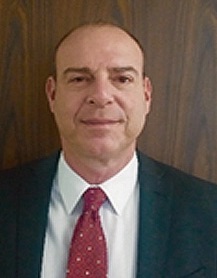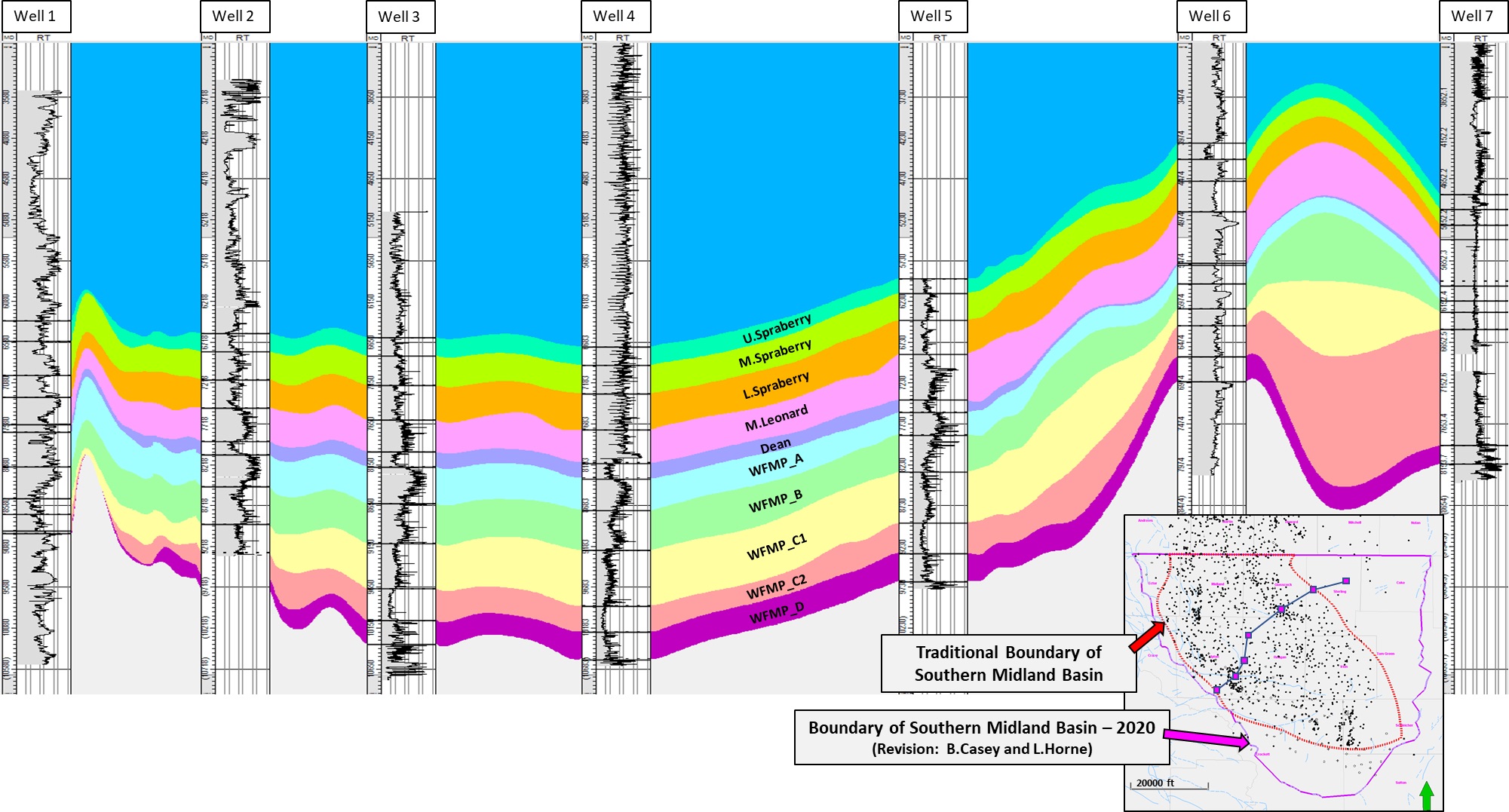

The Permian Basin has bucked the global trend with its four-fold increase in oil production over the past 5+ years—a period of time coincident with the “lower for longer” price history—after oil prices peaked at well over $100/bbl in 2014. The recent price collapse due to Covid-19 and increased production from Saudi Arabia and Russia has resulted in operating companies sharply cutting back on drilling, developments, field expenses, and general and administrative expenses. Production will decline significantly.
Although the length of the downturn is unknown, the long-term potential of the basin is under evaluation at the Bureau of Economic Geology by the Tight Oil Resources Assessment (TORA) Project. TORA combines geoscience, engineering, data analytics, and economics to evaluate in-place volumes and both technically and economically recoverable resource volumes from shale gas and tight-oil plays, and to forecast future activity.
We are optimistic that the Permian Basin will reignite for several reasons. The underlying resource base is enormous, and only a small portion has been produced. Large, integrated companies now hold big acreage positions and will use this down time to refine their long-term development plans and consolidate their holdings. Based on our new geologic model and on structural mapping by several Bureau groups, we have revised the southern Midland Basin’s original oil-in-place combined volume for the Spraberry and Wolfcamp Formations upward from roughly 1,450 billion barrels (Bbbl) to some 2,800 Bbbl. This increase is the function of higher gross rock volume, higher porosity, and improved water-saturation calculations. A conservative recoverable volume would be ~200 Bbbl, or a 27-year supply of US oil consumption, from this area alone.
Even as prices rise, developing these resources economically will be a huge industry challenge. TORA can assist with insights into where the most productive and lowest cost regions are located.
For more information about TORA, its research, and how to join, contact Dr. Emery Goodman.

Cross-section across the southern Midland Basin.